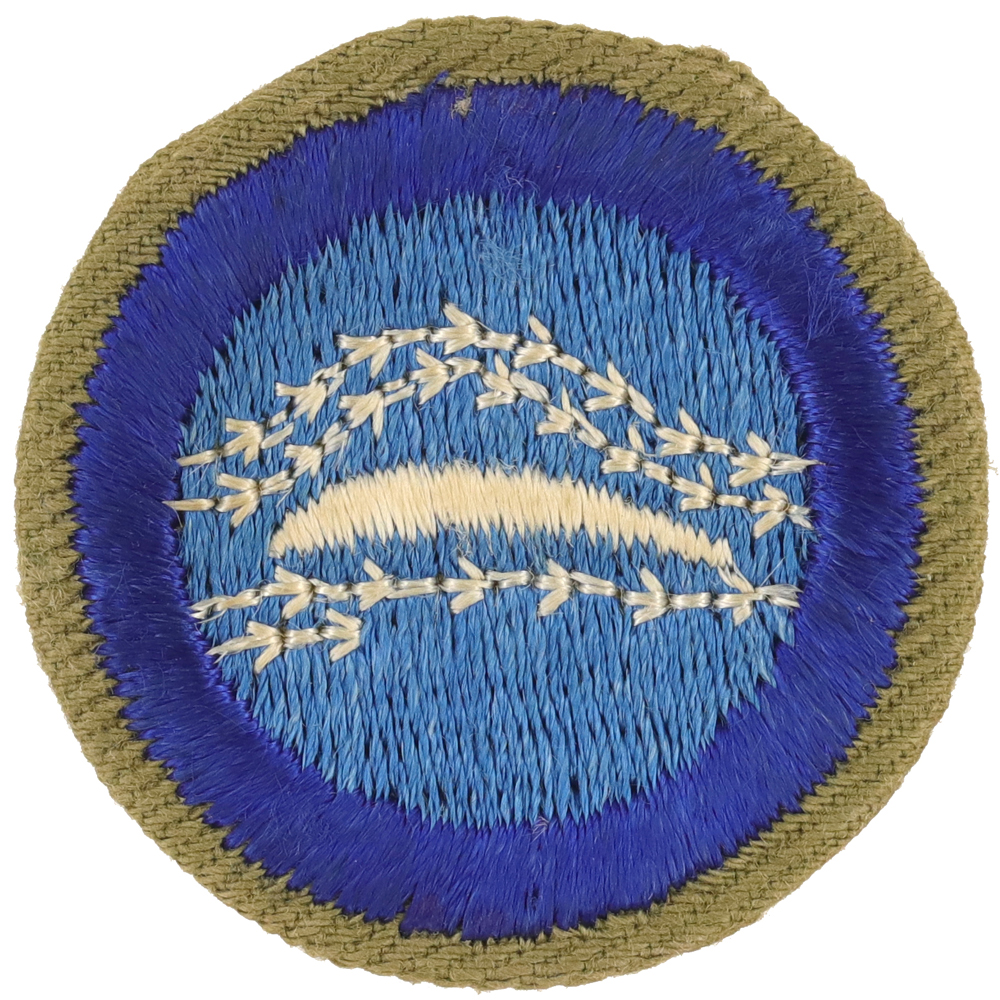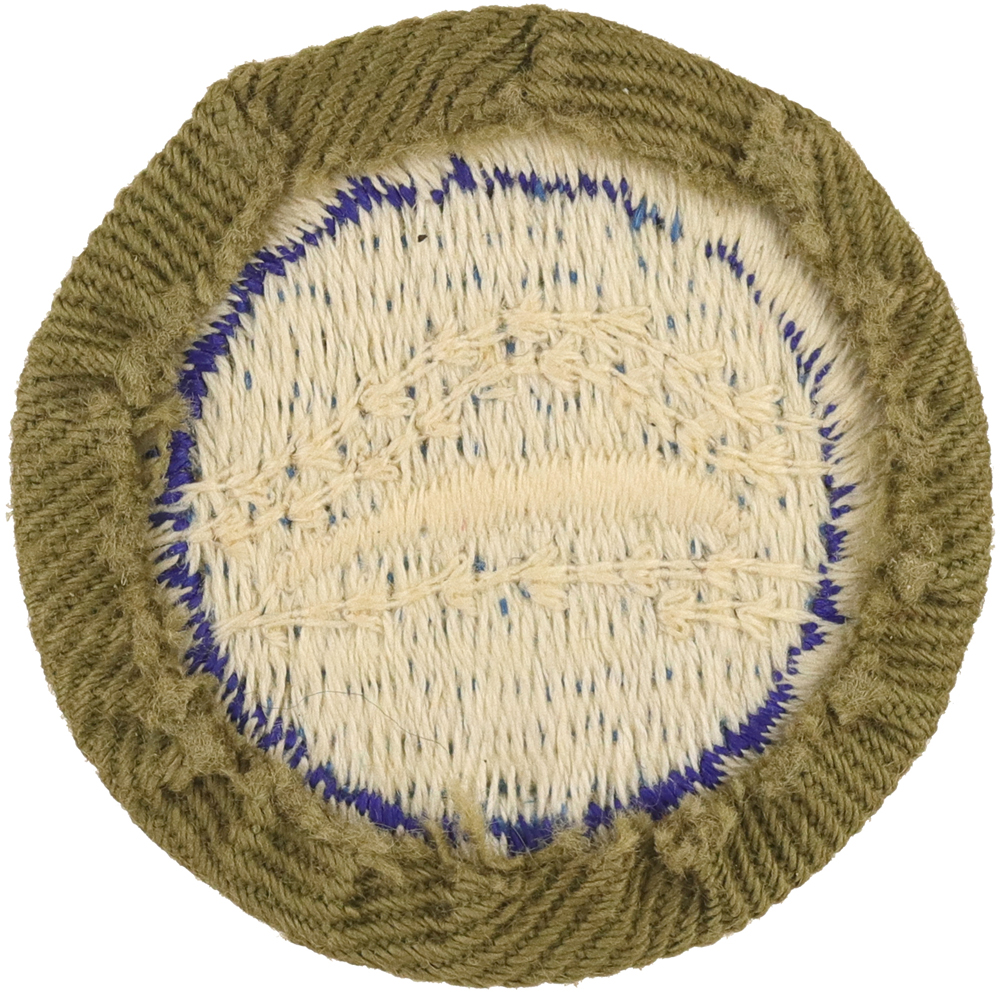Pamphlet Used to Earn this Badge
Requirements Aprip 1942 until 1947
- (a)Show that air has weight and pressure, using as an impro- Page vised barometer, a sauce dish or pan and a tall cylindrical glass of water; (b) Explain variations in air due to altitude, and point out some resulting problems for engines, for flight path hazards, and for the pilot himself.
- Demonstrate Bernoulli's law that air speed reduces pressure, using a spool and a small card, or a tube and a ping pong ball.
- (a) Build a six-inch airfoil wing section of 5-inch chord and high light cambers, and mount and demonstrate with it the used in explaining to another Scout the Aeronautics Merit Badge outline of the positive forces of Thrust and Lift and the negative forces of Gravity and Drag
- (a) Build three drag demonstration airfoils of same cross-section width—-cube, cylinder, "streamline"—using a cylindrical oatmeal box, some cardboard, paper and glue; (b) improvise small easy-rolling 4-wheel support to demonstrate air resistance of these airfoils in an air current
- Build and demonstrate the use of a small simple wind tunnel to provide controlled air current; OR build and demonstrate a simple air speed measuring device
- Build a rubber band powered flying model airplane, of some type new to the builder, and fly in some competition. (Kit may be used.)
- (a) Draw rough side-view outline of monoplane and use in ex- plaining the "angle of attack" (British—angle of incidence); (b) demonstrate why an air stream action enables "control surfaces" to control the direction of the plane; (c) also review what stick and pedal action changes which control surfaces..
- (a) Indicate six or more ways for a pilot, about to land, to identify wind direction; (b) also explain the relative plus and minus air speed advantages of taking-off and landing into the wind; (c) explain the aerodynamics of stalling
- (a) Test the relative speeds in.air current of two propellers of approximately the same diameter and blade area, but of different pitch; (b) point out the advantages of the modern variable pitch propeller




